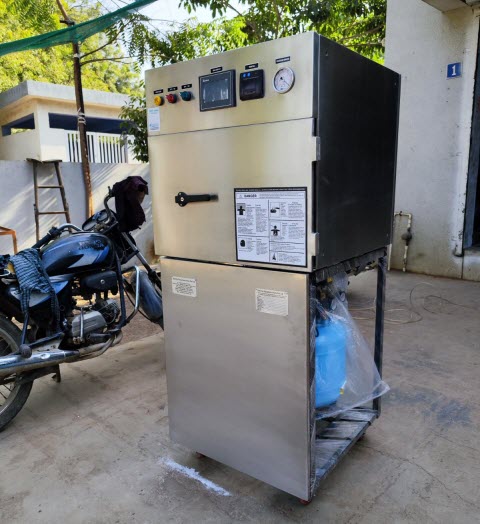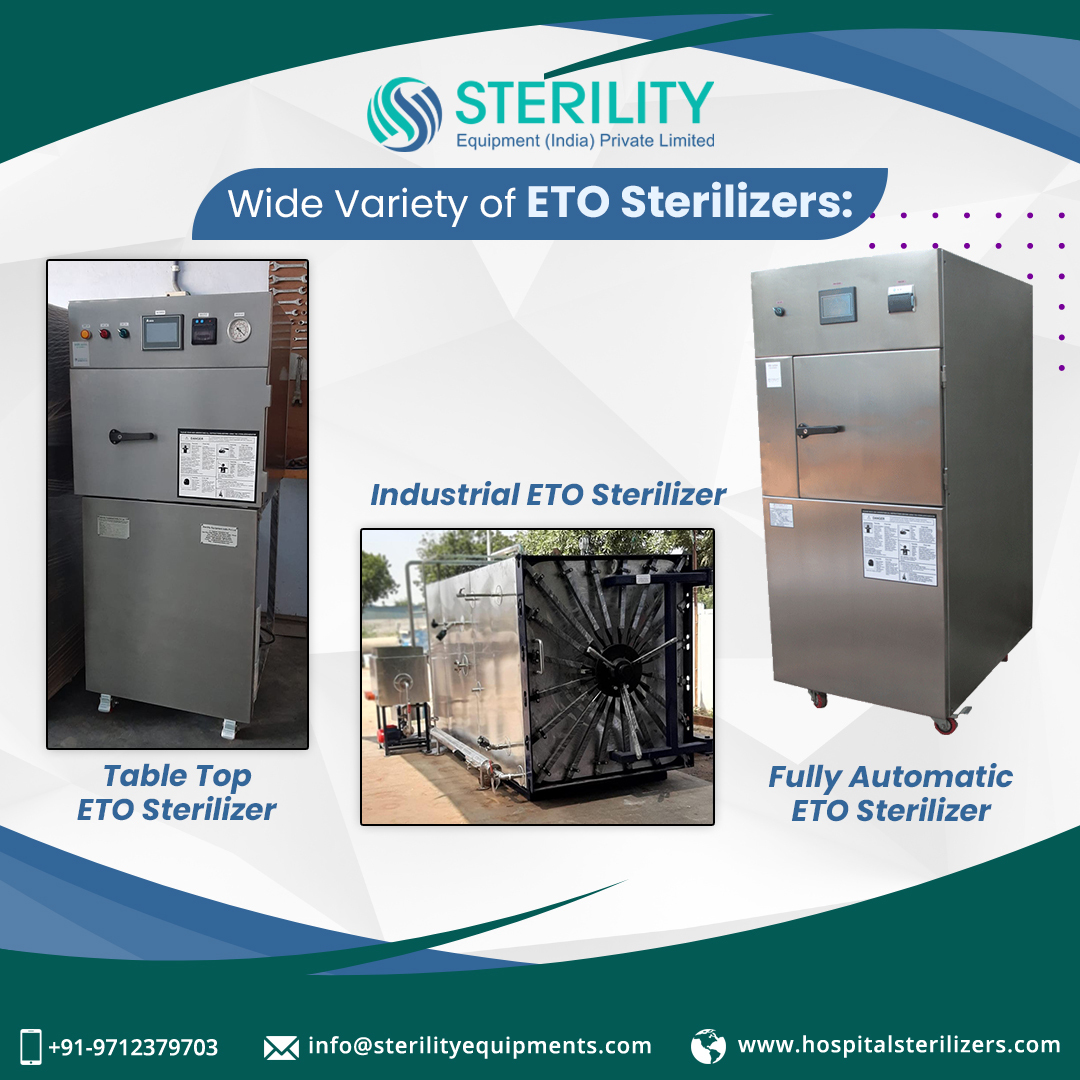Ethylene Oxide (ETO) sterilization is a widely adopted method in Germany to ensure the safety and efficacy of medical equipment and devices used in healthcare settings. ETO is a potent sterilant that effectively eliminates microorganisms, making it a preferred choice for complex and heat-sensitive instruments.
In Germany, healthcare professionals and manufacturers understand the significance of ETO sterilization in maintaining strict standards of patient safety and product quality. This sterilization method is vital for preventing the transmission of infections and maintaining the integrity of medical devices before they reach patients.
The ETO sterilization process involves exposing medical equipment and devices to a controlled mixture of ethylene oxide gas and other agents. This mixture effectively penetrates the items, destroying the DNA of microorganisms and rendering them unable to reproduce. As a result, the devices become free from harmful bacteria, viruses, and other pathogens.
The significance of ETO sterilization in healthcare cannot be overstated. It is particularly crucial for items that cannot withstand traditional high-temperature sterilization methods, such as autoclaving. Surgical instruments, catheters, electronic equipment, and other complex devices benefit from ETO sterilization.

Regulatory Compliance and Quality Assurance
In Germany, ETO sterilization is conducted in accordance with rigorous regulatory guidelines and quality assurance standards to uphold the highest levels of patient safety and meet industry benchmarks. Compliance with these regulations is of paramount importance, ensuring that medical equipment and devices undergo a reliable sterilization process before reaching healthcare facilities.
The German healthcare industry follows a set of specific regulations that govern ETO sterilization practices. These regulations encompass the proper handling, storage, and usage of ethylene oxide gas, as well as the safety measures to protect personnel involved in the process. Authorities meticulously review and update these guidelines to align with the latest advancements in technology and medical knowledge.
Quality assurance plays a crucial role in ETO sterilization. Regular audits and assessments are conducted to ensure that the sterilization process meets the established standards. Continuous monitoring and validation of equipment and processes are carried out to identify any deviations and promptly address them to maintain the highest level of quality.
Additionally, the proper documentation of all sterilization procedures is mandatory to ensure traceability and accountability. Detailed records of each sterilization cycle, including exposure times, gas concentrations, and environmental conditions, are maintained to validate the effectiveness of the process.
German healthcare facilities invest in comprehensive training for personnel involved in ETO sterilization. Training programs cover not only the technical aspects of the process but also emphasize the importance of adherence to regulatory requirements and quality assurance measures.
Addressing Safety and Ethical Concerns
Safety and ethics are of utmost importance in ETO sterilization processes in Germany. The healthcare industry proactively addresses concerns and implements measures to ensure patient well-being and uphold ethical standards throughout the entire sterilization process.
Patient safety is the primary focus during ETO sterilization. Germany’s healthcare sector strictly adheres to safety protocols to minimize any potential risks associated with the use of ethylene oxide gas. This includes proper ventilation and gas monitoring to prevent exposure to high concentrations of ETO, ensuring the safety of both patients and healthcare professionals.
Ethical considerations play a vital role in ETO sterilization practices. The industry prioritizes the well-being and rights of patients, ensuring that sterilization is conducted with their informed consent. Ethical practices extend to transparency in communicating sterilization procedures and potential risks to patients and stakeholders.
Enhancing ETO Sterilization Validation
ETO sterilization validation is a crucial aspect of ensuring the effectiveness and reliability of the sterilization process. In Germany, healthcare facilities are continuously exploring and implementing the latest validation techniques to achieve consistent and trustworthy sterilization results.
Validation of the ETO sterilization process involves a comprehensive assessment to confirm that the equipment and procedures consistently achieve the desired level of sterility. The process begins with the development of a detailed validation plan, outlining the specific objectives, methods, and acceptance criteria.
One of the latest techniques used for ETO sterilization validation is the use of advanced biological indicators. These indicators contain highly resistant microorganisms, allowing for a more accurate assessment of the sterilization process’s efficacy. Monitoring the survival or destruction of these biological indicators provides valuable insights into the effectiveness of the sterilization process.
Another innovative approach to validation is the incorporation of data-driven analytics. Through the collection and analysis of real-time data during the sterilization process, healthcare facilities can identify trends, patterns, and potential deviations. This data-driven approach enables proactive adjustments and improvements to ensure optimal sterilization outcomes.
German healthcare facilities also utilize process challenge devices (PCDs) as part of the validation process. PCDs mimic the geometric complexity of medical devices, providing a more representative assessment of the sterilization process’s effectiveness on various instrument types. This approach ensures that the entire range of medical devices is adequately sterilized.






